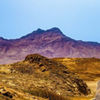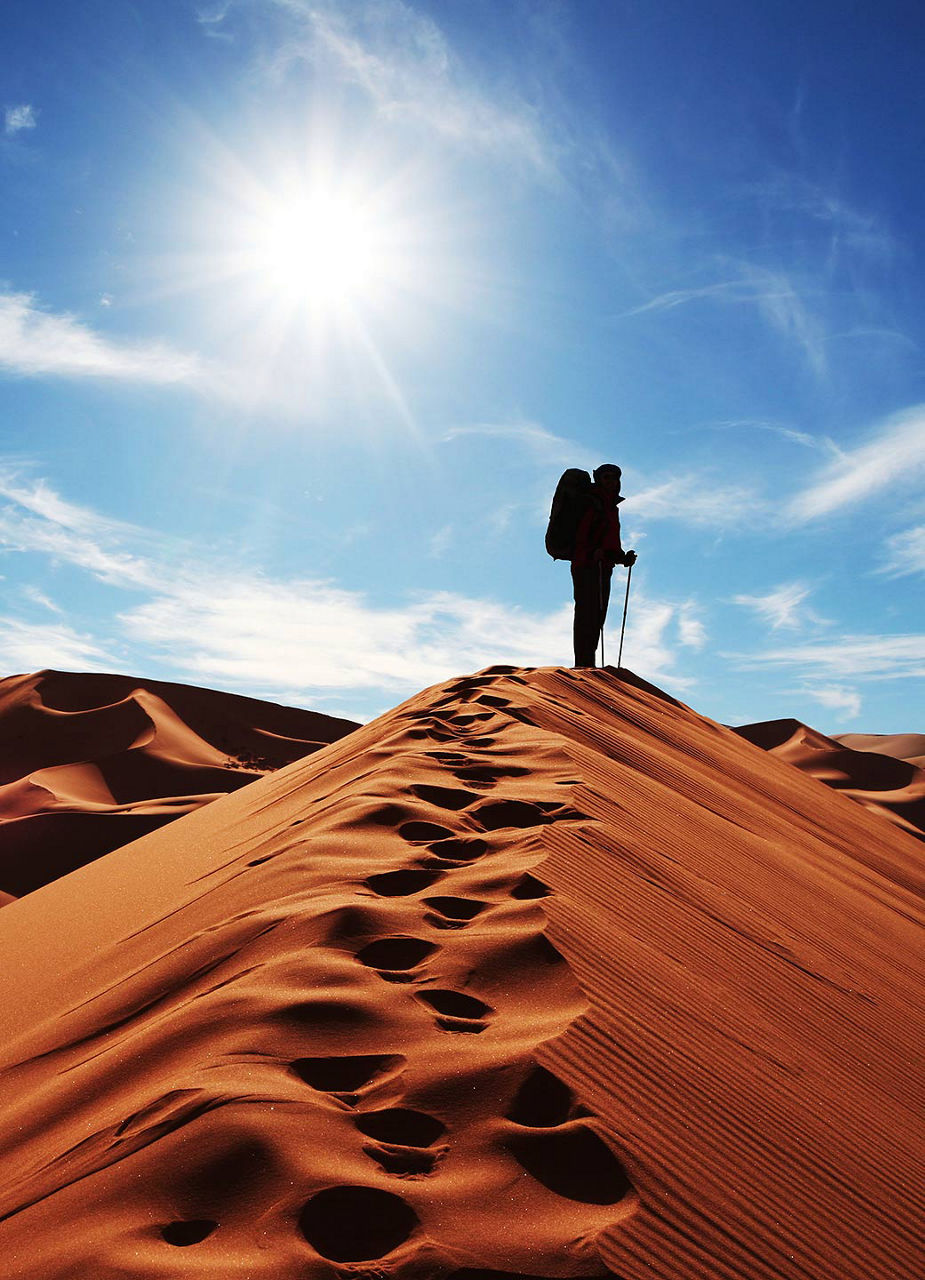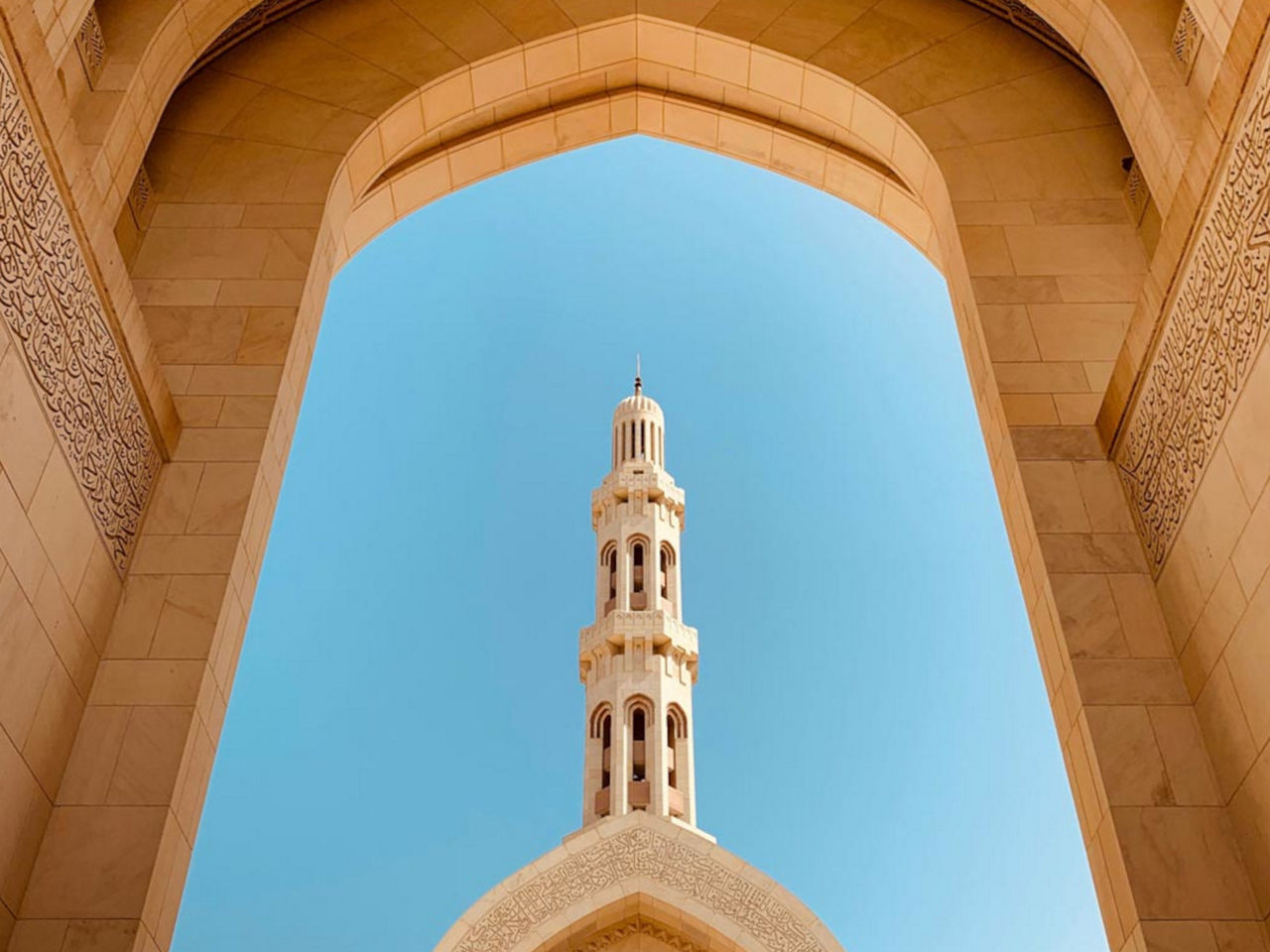
Ancient Egypt’s temple treasures


Singing giants
As you take the road to the Valley of the Queens, you will see Pharaoh Amenhotep III carved in stone – twice. The 18-metre-high statues gaze towards the Nile – embodying the long history of tourism. Even back in ancient times, the Greeks and Romans travelled to this site to hear these hulking statues sing. Legend has it that it is lucky to hear the ‘wailing’ sound of the wind blowing around the statues. Thousands of years later, Napoleon took an interest in the sculptures and had their weight estimated: his engineers calculated them at 750 tonnes each. Research on the Colossi of Memnon continues to this day, with archaeologists frequently seen at work here.


A glimpse Into the afterlife
Fancy travelling to the underworld like Orpheus? Then you can do so at Queen Nefertari’s side in her tomb of rock. The ‘great royal consort’ of Pharaoh Ramses II has the most beautiful and best-preserved tomb in the Valley of the Queens. She had every last inch of the branching subterranean chambers artfully painted. The surprisingly brightly coloured paintings illustrate the dead queen’s journey to the afterlife, where the god Osiris awaits her. Once there, Nefertari is resurrected with the help of Re, the god of light, and you return to daylight with a host of fantastic stories to tell.


Glamorous tombs
The ‘Valley of the Kings’ is the name of the famous necropolis west of the Nile, where the Englishman Howard Carter made his sensational discovery in 1922: Tutankhamun’s burial chamber. This was the only burial chamber in the valley to escape looting by robbers and to contain the undisturbed burial treasure. In addition to the famous golden death mask, the chamber contained more than 700 precious statues, furniture, and boxes of provisions intended to accompany the pharaoh to his rebirth – and to a certain extent they did. Today, the mummy is the only item still kept at the place where it was found, while the burial gifts are in the museums of Luxor and Cairo.

A dramatic backdrop
No, this is not a Star Wars scene! The temple of Hatshepsut may look extremely modern, but it is more than 3400 years old – and it is the only one of its kind to have been build by a woman. It is believed that Queen Hatshepsut, with her fondness for symmetry and columns, even created the model on which the Greek and Roman temples were built. Stride down the massive ramps and gaze majestically over the desert from the parapet of the terraces. Inside, well-restored paintings invite you to go on a mental journey: the images tell of Egyptian expeditions to Central Africa and of the animals and Gods they met across. The only part that is more majestic than the building itself are the reddish rocks that surround it – in particular in the evening light when they create a truly cinematic scene.


Excursion of the gods
The ancient Egyptians spent eleven exuberant days celebrating their annual Opet Festival. The occasion included an elaborate procession that saw the god Amun along with his wife and son move from the Temple of Karnak to Luxor Temple – or at least their statues did. The imposing temple complexes are fairly close to each other in the city centre and still impress today with their chapels, columned halls, and water installations. The Temple of Karnak is actually the largest in Egypt. It takes around 40 minutes to walk from one complex to the other along the Nile, thus following the route of the historic procession.

A temple for our time
If you would like to spend some time in cool indoor surroundings for a change, but don’t want to miss out on any of the Egyptian atmosphere, the Luxor Museum is worth a visit. The modern building on the banks of the Nile houses a relatively small, but particularly exquisite collection of ancient Egyptian art. The impressive collection of statues spanning more than 4000 years alone makes it one of the most important museums in the country. Above all, it holds a legendary treasure of international renown: this is where you can marvel at the burial treasure from Tutankhamun’s tomb up close.
Header - Photo by Eric Valenne geostory on Shutterstock
Paragraph 1 - Photo by Hackenberg-Photo-Cologne on Alamy
Paragraph 2 - Photo by agefotostock on Alamy
Paragraph 2 - Photo by Stephen Hughes on Alamy
Paragraph 3 - Photo by Anton Belo on Shutterstock
Paragraph 3 - Photo by skaman306 on Getty Images
Paragraph 4 - Photo by zbg2 on Getty Images
Paragraph 5 - Photo by Paul Panayiotou on Getty Images
Paragraph 5 - Photo by Pablo Charlón on Getty Images
Paragraph 6 - Photo by Art Directors & TRIP on Alamy











